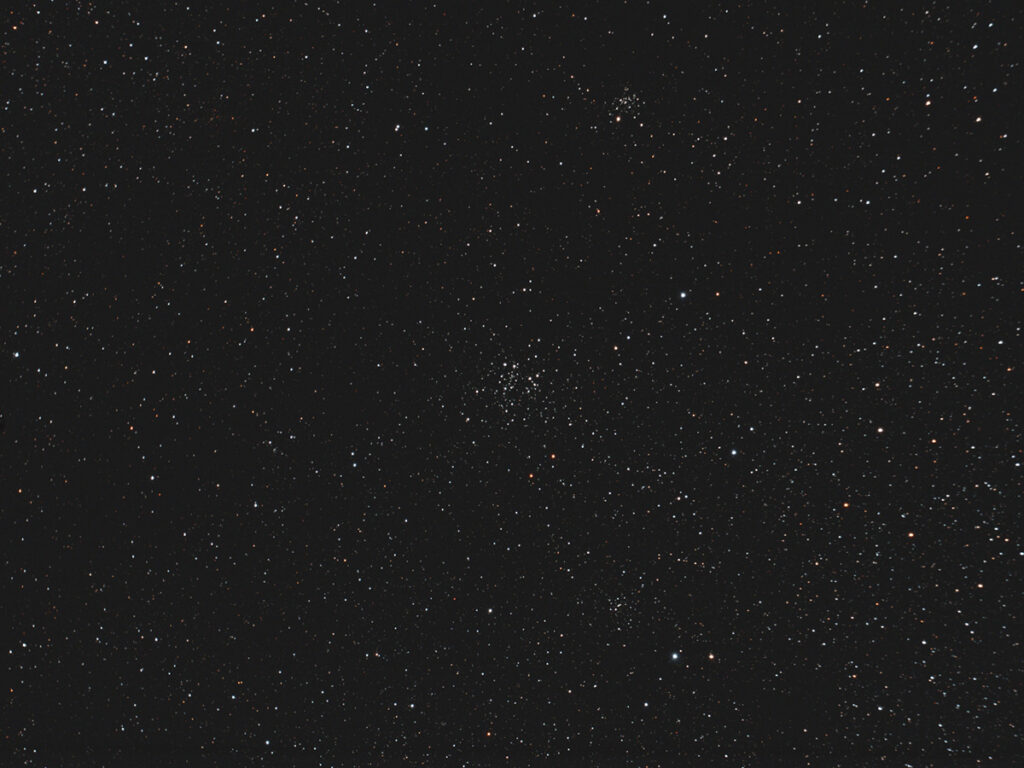
Telescope: ES DHL Comet Hunter MN6 at f/4.8, Orion Atlas EQ-G
Camera: Baader modified Nikon D610
Filter: Orion Imaging Skyglow Filter
Guide scope: Williams Optics 50mm, ASI290MM mini, PHD
Exposure: 16x60sec, ISO 400, saved as RAW
Darks: Internal (Long Exposure Noise Reduction On)
Flats: 32×1/250sec, tee shirt flats taken at dusk
Average Light Pollution: Red zone, poor transparency
Lensed Sky Quality Meter: 18.4 mag/arc-sec^2
Stacking: Mean with a 1-sigma clip.
White Balance: Nebulosity Automatic
Software: Backyard Nikon, Nebulosity, Deep Sky Stacker, Photoshop
This is a quick patrol images taken as part of a series exploring open clusters in Cassiopeia. In the center of this field is the rich open cluster NGC 663. Above and to the right is the smaller NGC 654, and to the lower right is the tiny NGC 659. The 6th and 7th magnitude stars to the lower right of NGC 659 make a good marker for the southern edge of this field.
NGC 654, 659, and 663 are currently high in the northeast as the sky darkens.
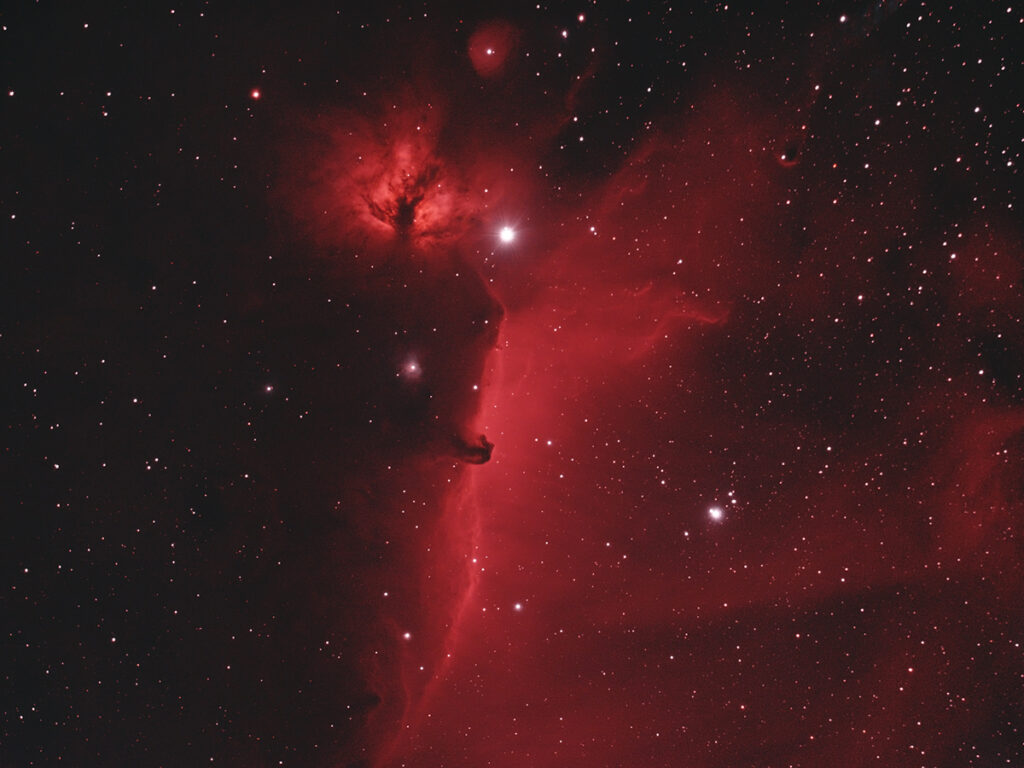
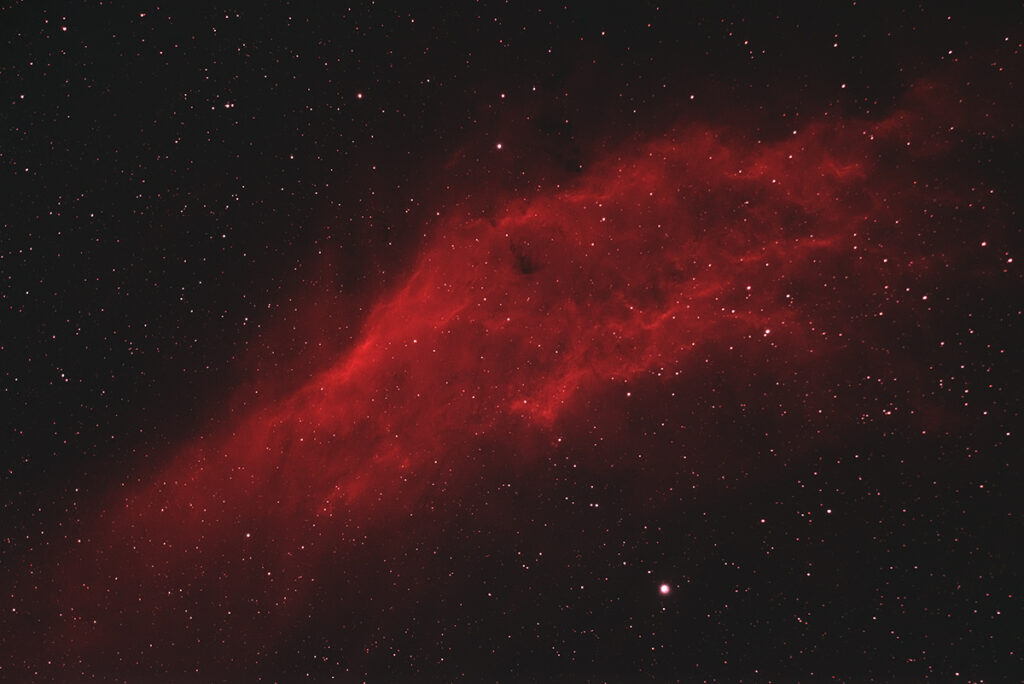
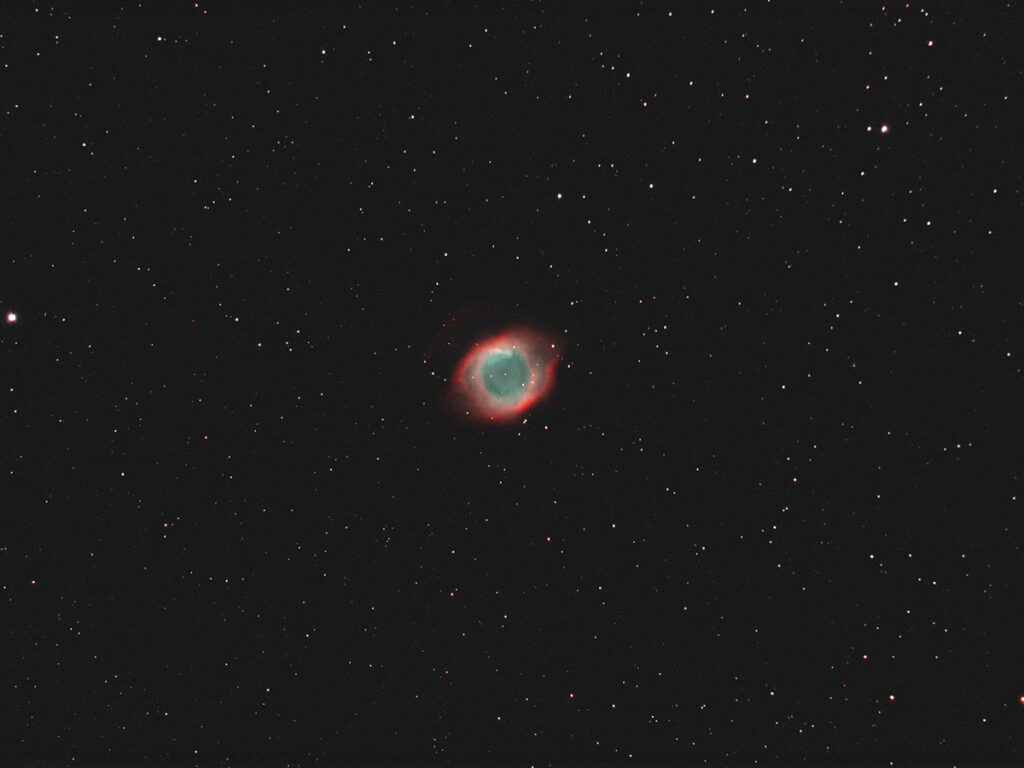

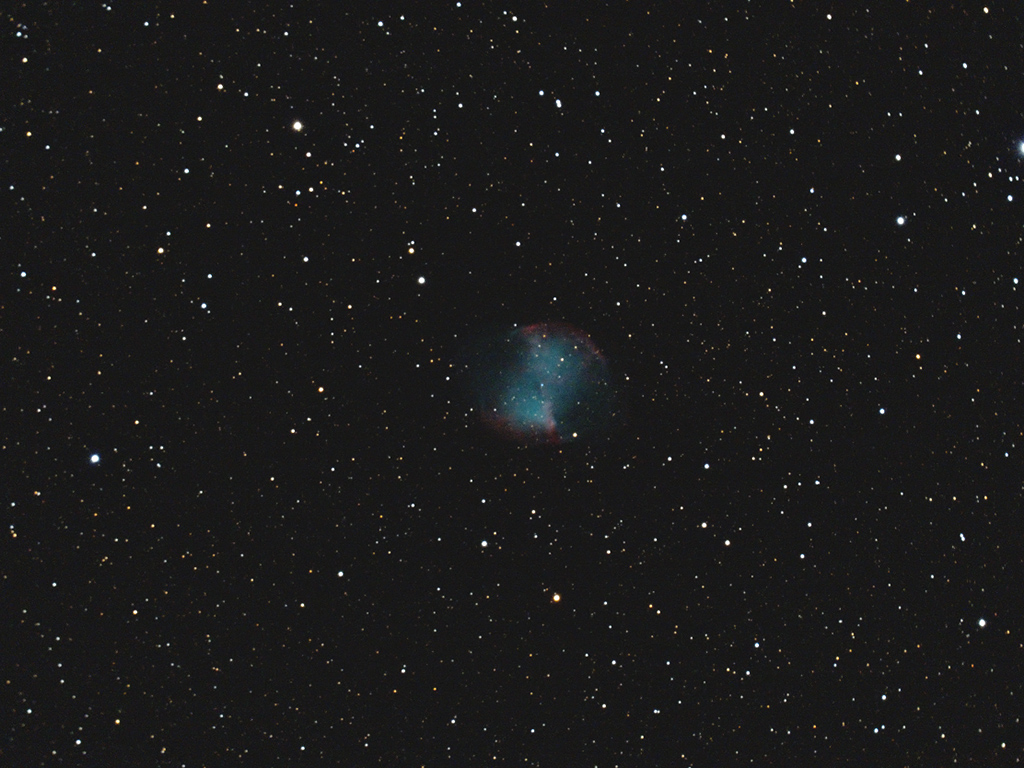

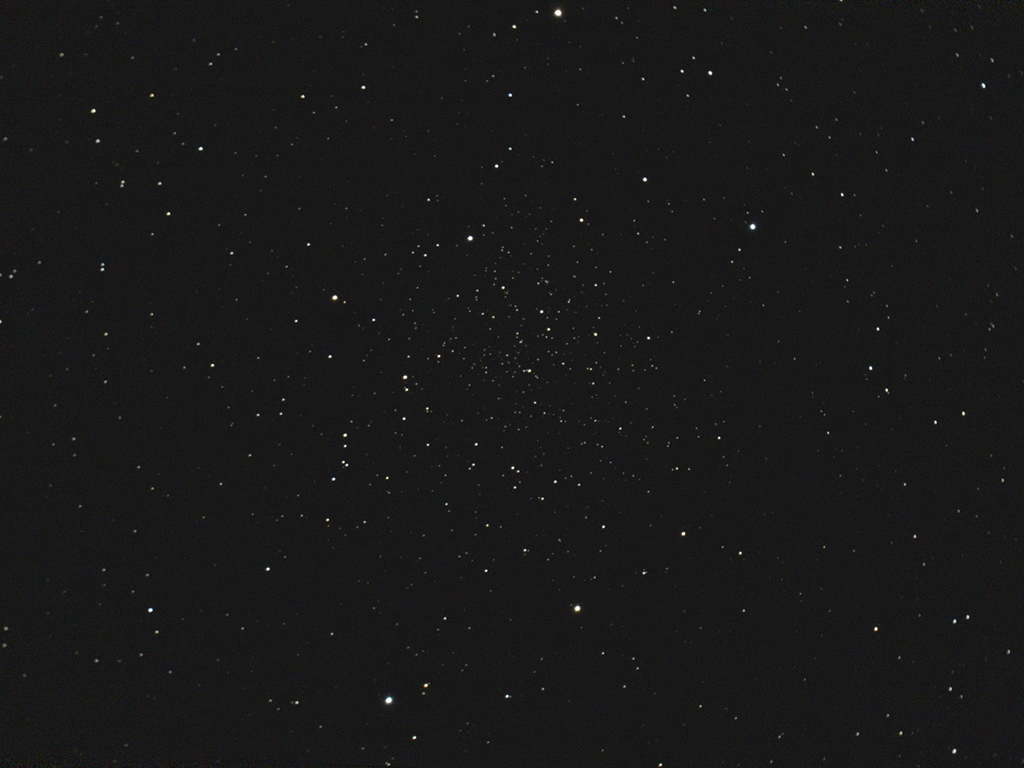

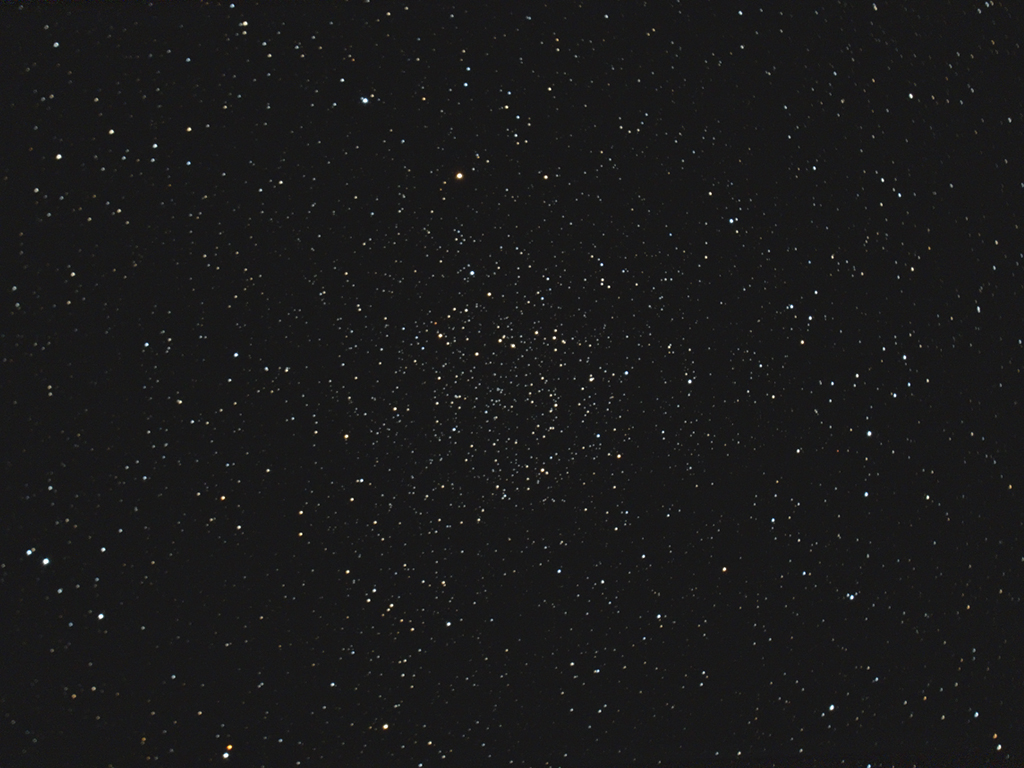
Recent Comments